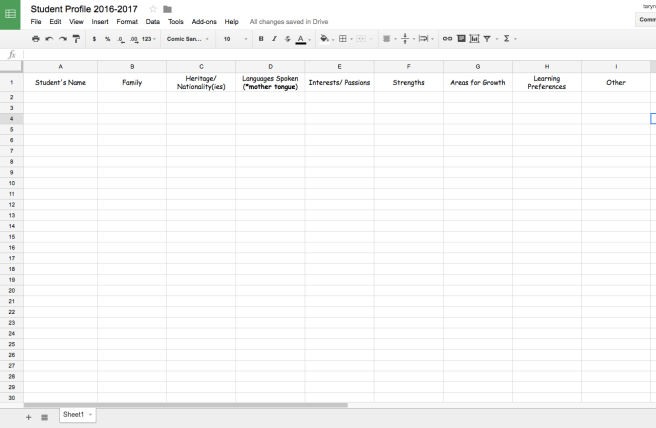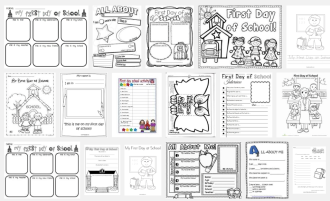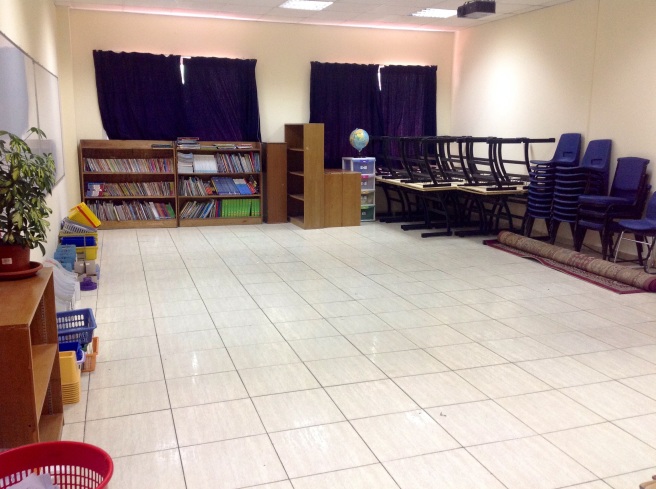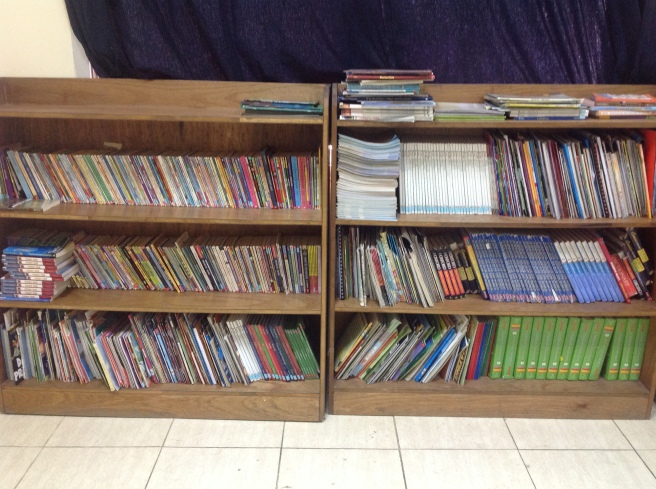This year, I am really hoping to create a classroom learning community that is inclusive and culturally responsive. I know that in order to do that I need to really know my students. So for that reason I have decided that the first inquiry of the year will not be theirs… it will be mine! I want to approach the first weeks of school as an inquirer – inquiring into my students.
My goal is to be able to fill in this student profile chart by the end of the first two weeks.

Here is how I plan to do it:
Tuning in – What do I already know about my students?
Since I have been at this school for the past three years in a variety of roles I already know many of the students or at least the students’ families, so first I want to make sure I tune in to what I already know about them – or think I know about them. To do this I will try to fill in as much of the student profile as I can before the year starts.
Finding Out – What do I need to find out about my students?
Once I have documented as much as I can about my students I should be able to see the gaps and figure out what I still need to find out. This will be helpful because I will be aware of certain students or certain aspects that I need to focus on more intentionally.
Sorting Out – How am I going to keep track of what I learn?
I plan to use this post by Kath Murdoch and these examples from my colleagues to structure an inquiry-based first few weeks of school where students can actively participate in learning, playing, exploring and setting up the physical space and daily structures and systems. While they are actively engaged in these learning experiences, I plan to be actively engaged in observing them, talking with them, learning with them and playing with them. Then at the end of each day I will take time to reflect on what I learned and document my new discoveries about my students on the profile.
Going Further – How can I push myself to learn even more about my students?
In order to build a strong learning community I plan on designing an opportunity for students to inquire into each other – what they want to know about their classmates, how they can find out, how they can record what they’ve learned and how and with who they plan to share what they’ve learned.
Making Conclusions – How will I share what I’ve learned?
I’m not sure about this stage yet. I want to share my discoveries with my students, but I don’t have a concrete plan yet as to how I want to do this. My original thinking it to have an individual conference with students and show them what I’ve learned about them to gain their perspective and give them them the chance to correct any misconceptions I may have and tell me more about themselves.
Reflections – How will I reflect on my inquiry experience?
Expect a reflective blog post coming soon!
Taking Action – What will I do with what I’ve learned?
After I have the completed student profile, my intention it to use it as a guiding document each and every day to inform my approaches to planning learning experiences and offering social, emotional and academic support for my diverse and unique group of learners. I hope to “live it, not laminate it” as the saying goes, and amend and update it throughout the year as I learn more about my students – and also as my students grow and change.
For me, this plan is less about filling in boxes on the spreadsheet and more about being purposeful and committed to really understanding my students as humans. It’s about holding myself accountable for getting to know all of my students and ensuring that none of my students fall through the cracks or become overlooked. It’s about intentionally spending time in the first weeks of school getting to know my students and intentionally building in time for my own consolidation and reflection about what I have learned and how it will help me support their needs holistically throughout the year.
How do you inquire into your students?
What feedback and suggestions do you have for me about my plan?












